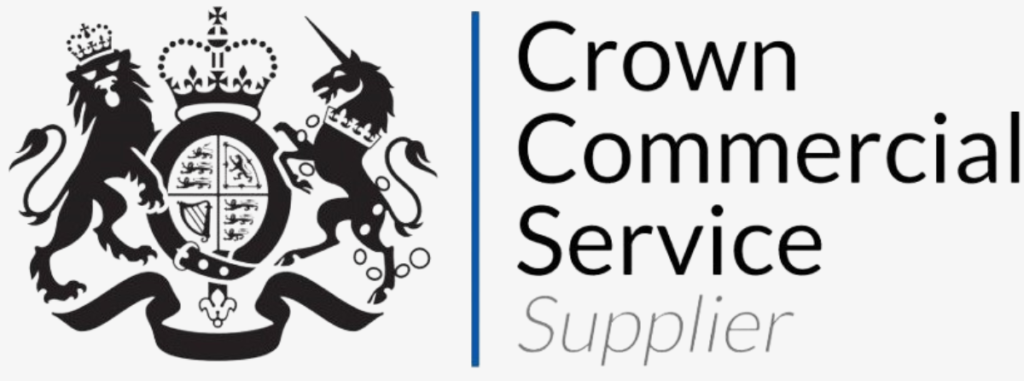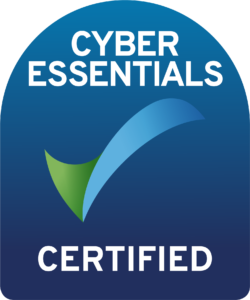Asset Management
The term asset management is very loosely interpreted. To be fair it depends a lot on the context that it is used in. If we were in a financial service institute the term asset would imply stocks, bonds, real estate and other financial assets. If I was speaking to an audience such as accountants for instance or anyone focused on tracking all the assets a corporation owns, they would assume I was talking in terms of enterprise asset management. This would include things like the buildings, machinery and fleet of vehicles that are capitalised and placed on a balance sheet.
When it comes to IT Assets, we refer to those assets that enable the IT side of your organisation to run day to day. In some cases, these technology assets might not be controlled by your IT department because it is extremely rare today that a company doesn’t use a software and hardware that is supporting development of a product or helping their business run more efficiently. Even by narrowing the definition to IT Asset Management there is still come confusion to consider. We need to differentiate between discovery and inventory tools. Discovery and inventory tools are used to scan the network looking for IP addresses. After one is found, it will run a scan of all installed software. If the tool uses an agent, the agent will be pre-installed on the device and a scan will be scheduled to run a specified schedule.
What is an ITAM database?
An ITAM database has three components to it – physical, financial and contractual. The physical aspect is where the physical info of an asset is collected using discovery and inventory sources to show data on those assets that are deployed. It will also take into consideration what IT assets are not deployed and are available in-house ready to be deployed if needs be or also if they are due to be retired. This stockroom info is typically logged manually by bar code readers or RFID systems if they are installed.
The second aspect of ITAM is the financial data. This data is often collected from a purchasing system/purchase order but can also be logged manually at the time of purchase. It indicates purchase order number, seller name, quantity, make and model, cost at time of purchase, depreciation and other financial attributes should they be needed. Tracking financial attributes about an asset is beneficial to understand total cost of ownership, return on investment and allocate costs to projects and IT business services. Being able to look at these attributes against projects etc. allows an organisation to understand technical debt accompanying legacy applications, for example on the mainframe, and enable improved decision making about end of life for an asset.
The third aspect of ITAM is the contractual data. This is often collected from the reseller directly from the supplier or from a contractual management system if one is in place. This would include version number, licence entitlements, type, vendor SKU, training days, service levels and other important contractual facts. There can be slightly different info gathered if it is cloud or software as a Service purchase but generally they follow most of the previously mentioned headings.
Software and hardware asset management
An information hub is created using the data sourced from software and hardware assets. It is irrelevant if the data is related to software, hardware or services associated with that equipment, it is stored centrally anyway. Software asset management and hardware asset management is a subset of ITAM. We need such access and visibility to our organisations hardware to ensure that software is installed in compliance with license agreement, without the access to hardware visibility this would-be a near impossible task to undertake. Similarly, without insight into contract SLA’s and integration into IT service management tools, that provides incident and problem management info, it is difficult to do effective vendor and performance management.
As with most things, technology is evolving at an extremely rapid pace and therefore the definition and interpretations that we use today will seem out-dated when new developments come along. This will become more evident when artificial intelligence takes over ITAM.



